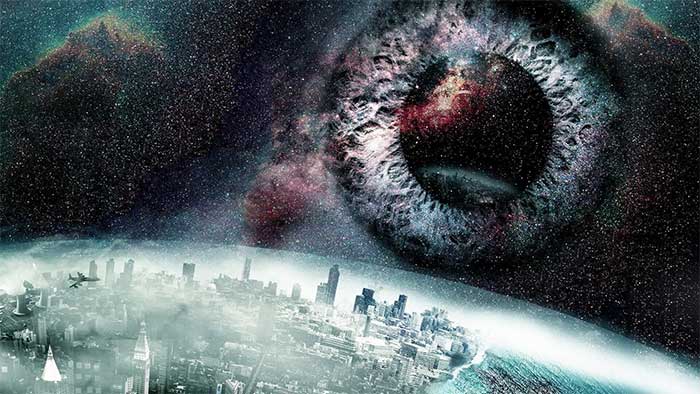Have you ever wondered what it would be like if one day we actually encounter extraterrestrial beings? Would they possess a humanoid structure or a completely different biological form, perhaps with tentacles, wings, tails, and other distinct features?
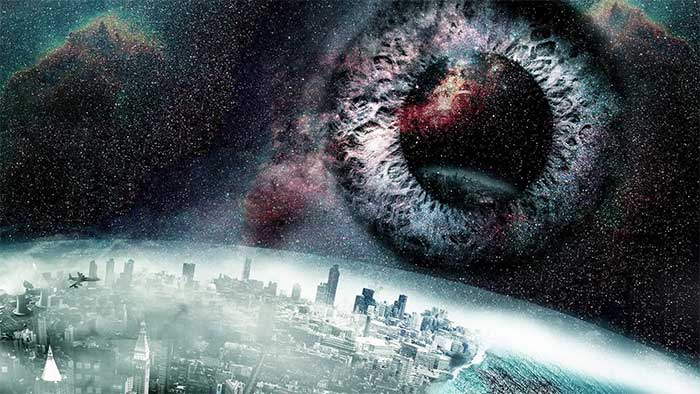
The humanoid shape is the best choice for intelligent life.
First and foremost, we must establish a clear premise: what we refer to as extraterrestrial beings are only those forms of life with high intelligence and civilization, not some microbial organisms or lower-level plants and animals.
Because if we only consider the existence of life, the forms of extraterrestrial life could be extremely diverse, even beyond our imagination. However, when considering the development of intelligence and civilization, the form of life cannot be too arbitrary but must meet some basic conditions.
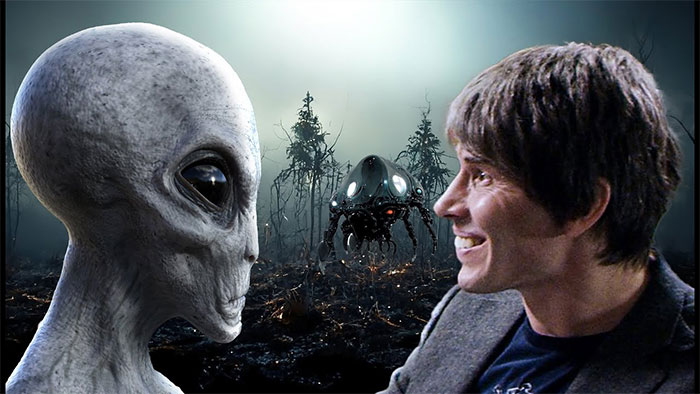
For example, intelligent life requires a relatively large brain capacity to store and process vast amounts of information. Intelligent life also requires a certain level of flexibility and coordination to adapt to various environments and complex challenges.
Intelligent life also requires organs capable of operating tools and transmitting information, such as hands, eyes, mouths, etc. These conditions have been demonstrated on Earth, and humans are the most successful example.
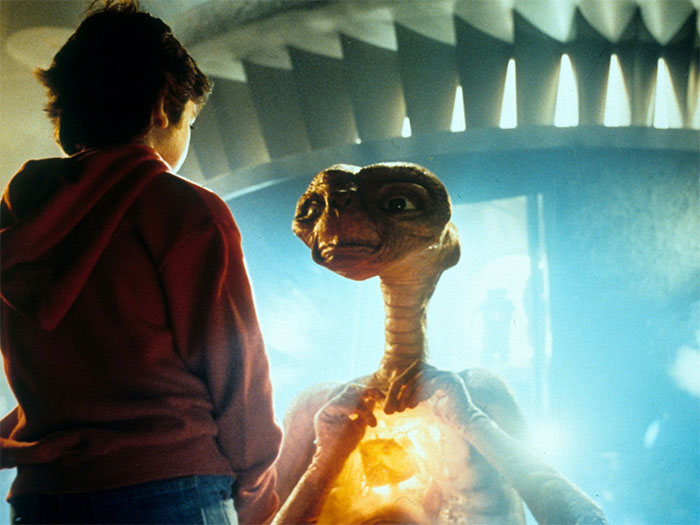
Humans have become the dominant species on Earth because we have these advantages.
These advantages did not arise randomly but were formed after hundreds of millions of years of natural selection and evolution. In other words, on Earth, the human form has been proven to be the best choice for intelligent life. So, would similar situations occur on other planets?
The humanoid shape has been proven to be the best choice for intelligent life.
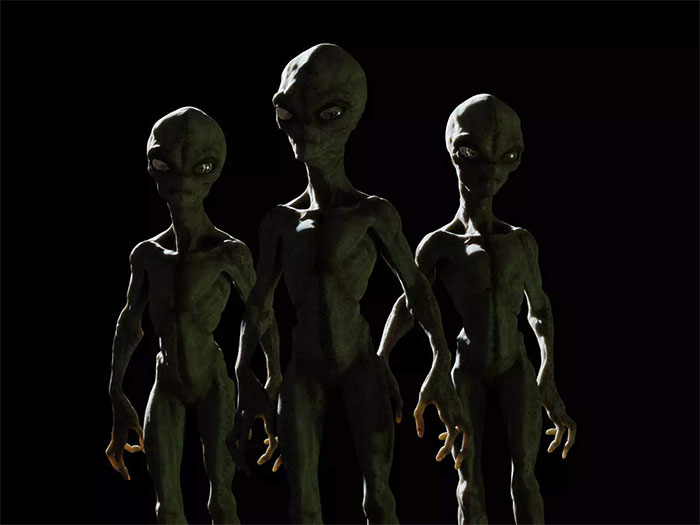
Evolutionary convergence allows extraterrestrials to have a humanoid shape.
In fact, on Earth, not only humans have evolutionary advantages. For example, aquatic animals like dolphins, whales, and sharks have streamlined body structures to adapt to movement in water. Carnivorous land animals like tigers, lions, and cheetahs have sharp teeth and claws to hunt prey. Flying animals like bats, birds, and insects have wings and feathers to fly in the air.
Although these species are widely separated on the evolutionary tree, they still have similar shapes and characteristics, known as evolutionary convergence.
Evolutionary convergence means that in similar environments and pressures, different species will independently develop similar solutions to adapt to their survival needs. In other words, the humanoid shape is not the only intelligent life form on Earth, but it is just one of the feasible solutions.
So, if there are environments and pressures similar to Earth on other planets, could similar evolutionary solutions as on Earth also appear? The answer is very likely.
According to some astronomers, the universe has many super-Earths.
Because the laws of physics and chemistry in the universe are almost consistent, meaning the basic components and operations of life on other planets must also be almost the same.
Furthermore, according to observations and predictions by some astronomers, there are many Earth-like planets in the universe, known as “super-Earths.” These planets have sizes, masses, temperatures, atmospheres, humidity, and other conditions similar to Earth, in other words, they have environments and pressures similar to Earth.
Therefore, if life exists on these planets, it is very likely that they will undergo evolutionary convergence, thereby evolving shapes and characteristics similar to those on Earth. In other words, if intelligent life exists on these planets, it is very likely that they will also evolve into humanoid forms similar to humans.
The psychology of humans makes us more inclined to accept humanoid extraterrestrials.
Finally, we must mention a more important reason, that is, human psychology. Because extraterrestrials for us at the current time are not actual living beings in the universe but are characters created in our imagination.
The characters we create in our imagination do not necessarily adhere to logic and scientific laws but, moreover, they must conform to our psychology and emotions.
For example, in science fiction movies or novels, extraterrestrial beings are often depicted as either hostile or cooperative with humans. If extraterrestrials are too alien or terrifying, then the audience or readers will find it difficult to empathize or accept.
But if extraterrestrials are too cute or beautiful, the audience or readers will find it difficult to feel fear and suspicion. And if extraterrestrials are too bland or boring, it will be difficult for the audience or readers to feel interested or curious.
Therefore, in science fiction movies or novels, extraterrestrial beings are often designed to have a certain degree of similarity and difference from humans. This not only makes the audience or readers feel familiar and comfortable but also makes them feel surprised and fresh. Therefore, the humanoid shape is the best choice to balance these similarities and differences.
Furthermore, the humanoid shape not only makes us feel that extraterrestrial beings are intelligent, emotional, and individualistic but also makes us feel that extraterrestrial beings are mysterious, with special abilities, and have different cultures.
Moreover, the humanoid shape helps us easily assign various roles and plots to extraterrestrial beings, such as enemies, friends, lovers, leaders, etc., thereby increasing the tension and appeal of the story.
So, in science fiction movies or novels, extraterrestrial beings often have a humanoid shape, mainly due to our imagination.

